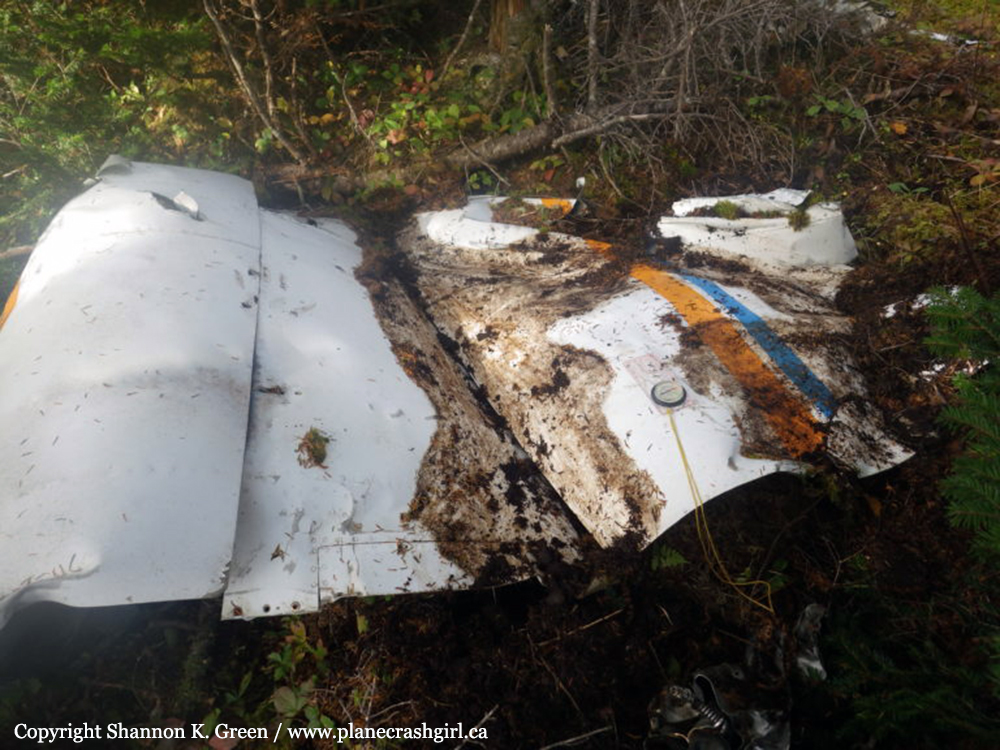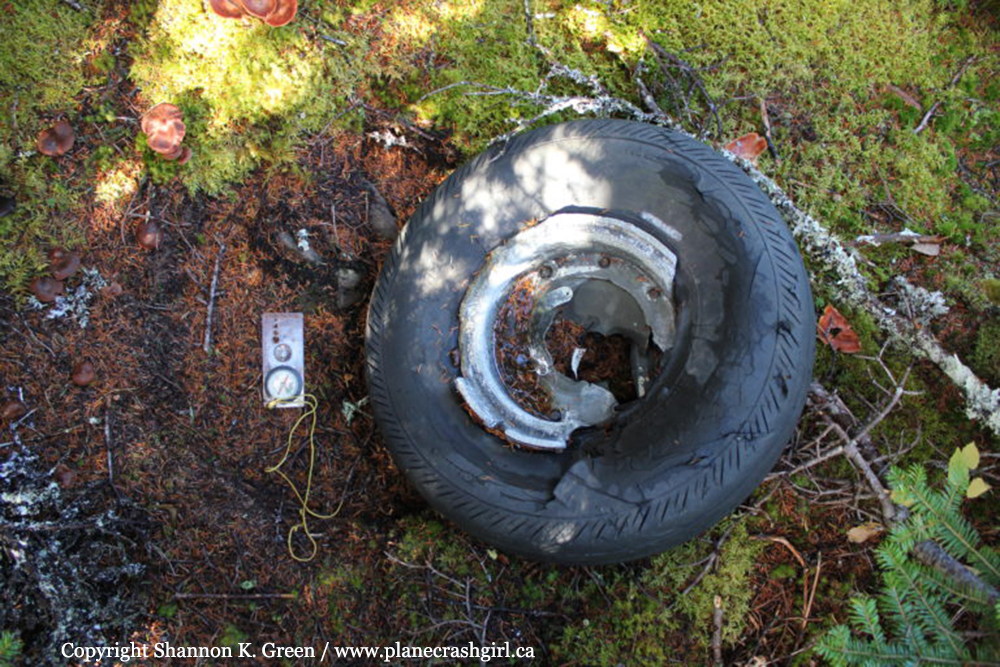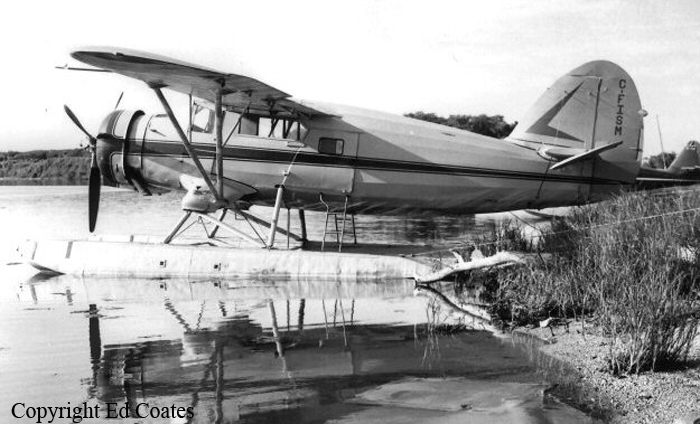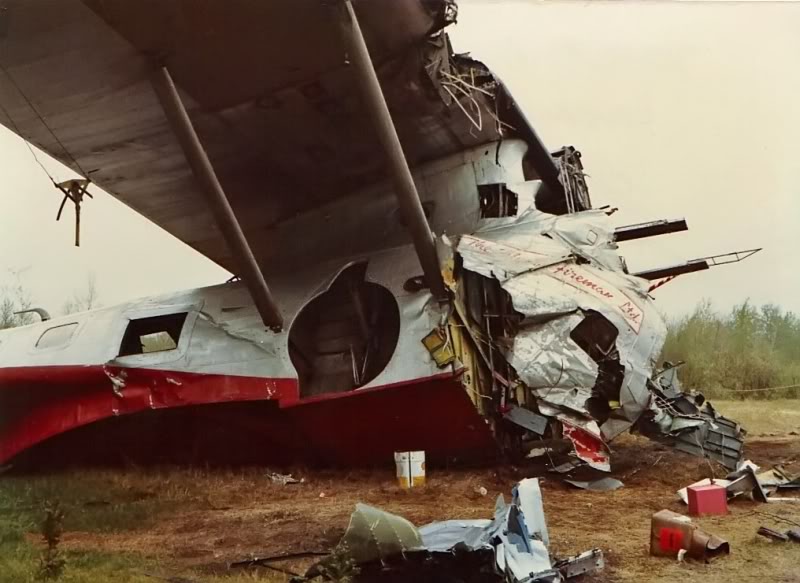Crash of a Grumman G-21A Goose off Powell River
Date & Time:
Aug 14, 1978
Registration:
CF-GEC
Survivors:
Yes
MSN:
B098
YOM:
1944
Crew on board:
1
Crew fatalities:
Pax on board:
0
Pax fatalities:
Other fatalities:
Total fatalities:
0
Circumstances:
After landing off Powell River, the seaplane struck a dyke and sank. The pilot, sole on board, was unhurt.






















